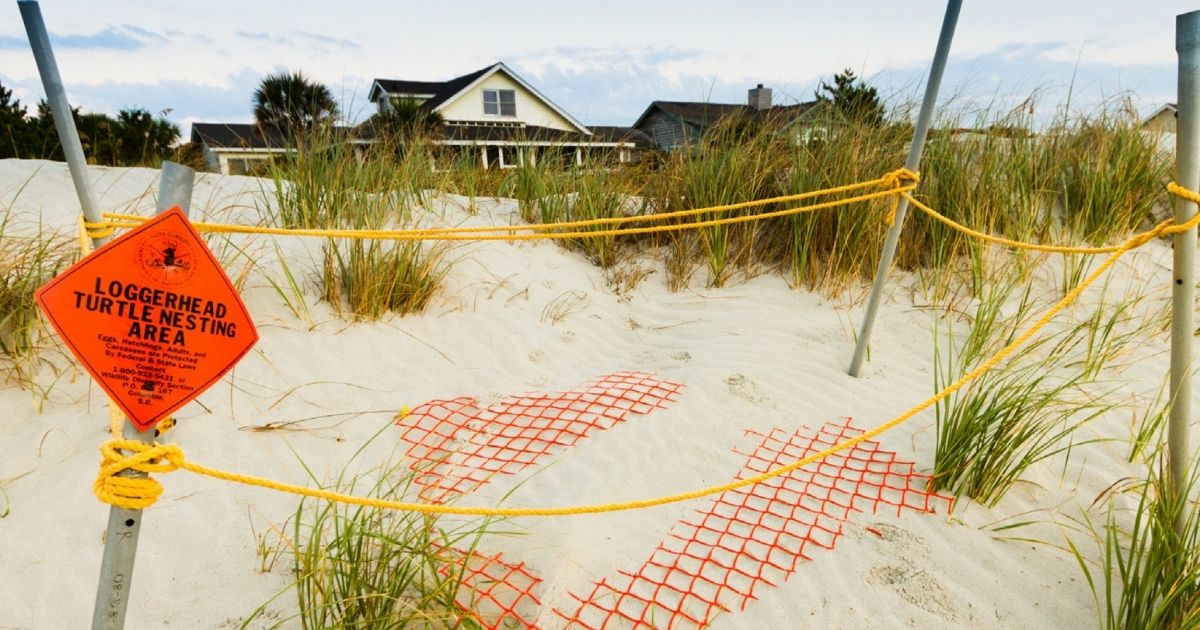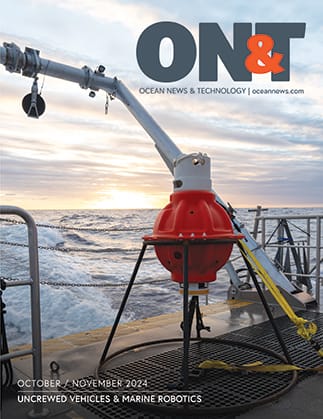The NCRF grants will contribute to the restoration or enhancement of natural features such as coastal marshes and wetlands, dune and beach systems, oyster and coral reefs, mangroves, forests, coastal rivers and barrier islands. These natural buffers can help reduce the impacts of storms, rising sea levels and other extreme events on nearby communities and habitats.
Congress authorized funding under the National Oceans and Coastal Security Act, allowing grants to be awarded through the NCRF, a partnership among NFWF, NOAA, Shell Oil Company, TransRe, the U.S. Environmental Protection Agency (EPA) and AT&T, with additional funding support this year from the U.S. Department of Defense (DoD). This year marks the first year of participation from EPA, AT&T and DoD, a significant achievement as the NCRF continues to expand its ability to support resilience projects across the United States.
 Partners
Partners
“The future of Louisiana’s coastal communities depends on us and partners like the National Fish and Wildlife Foundation,” said U.S. Senator John Kennedy. “With $6 million from the National Fish and Wildlife Foundation, we can reduce land loss along our coast while protecting south Louisiana communities like New Orleans, St. Bernard and Delacroix. These resources will help safeguard homes, businesses and fishing and shrimping jobs by restoring wetlands and planting trees. Louisianians are enduring a brutal hurricane season, and I welcome aid that strengthens our defense against storms and flooding as we rebuild.”
“We created the National Coastal Resilience Fund to help Americans who live and work along the coast adapt to the changing climate,” said U.S. Senator Sheldon Whitehouse. “The grant recipients in this latest round are taking on important projects to protect our coastal economy and way of life from storms, floods, and rising seas.”
Awards this year will benefit coastal communities nationwide. A complete list of the 2020 grants made through the National Coastal Resilience Fund is available here.
“NOAA is proud to work with NFWF to support critical projects in coastal communities, helping them address challenges and further strengthen America’s Blue Economy,” said retired Navy Rear Admiral Tim Gallaudet, Ph.D., assistant secretary of commerce for oceans and atmosphere and deputy NOAA administrator. “This year, as NOAA celebrates its 50th anniversary as the nation’s premier science agency, we look ahead to another 50 years and beyond of improving the resilience of our nation’s coastline.”
“Grants awarded through the National Coastal Resilience Fund enable communities along our nation’s coasts to develop and implement projects, from the creation of living shorelines and breakwaters to the restoration of degraded marshes, dunes, oyster reefs and mangrove forests,” said Jeff Trandahl, executive director and CEO of NFWF. “Many of these grants also provide communities with the capacity to conduct the in-depth planning necessary to start many more projects that will benefit coastal communities and wildlife populations.”
“This year’s addition of three new supporters of the program – AT&T, EPA and the Department of Defense – will boost the fund’s ability to strengthen resilience along our coasts and reduce future risks to communities from severe weather and flooding.”
NFWF, in partnership with NOAA and joined initially by Shell and TransRe, launched the NCRF in 2018 to support on-the-ground projects that engage communities and reduce their vulnerability to growing risks from coastal storms, sea-level rise, flooding, erosion and extreme weather through strengthening natural ecosystems that also benefit fish and wildlife.
“This partnership positions Shell to play a meaningful role in contributing innovative solutions in a region where so many of our employees live and work,” said Rick Tallant, Shell’s Vice President, Gulf of Mexico. “By working together, we can accelerate the effort to preserve and protect the environment so many of us call home.”
“Communities continue to emerge and expand closer to coastal risk. Society is awakening to the changes in weather patterns that bring greater risk to these coastal communities,’ said Mike Sapnar, TransRe’s President and CEO. “Those communities are working hard to improve their resilience, in harmony with nature, and we are committed to supporting their efforts to build stronger and better protection.”
The projects supported by the 46 grants announced today seek to re-shape our thinking on how to protect communities from projected environmental stressors and use innovative approaches to address these challenges. These projects are designed to remain resilient to future environmental conditions.
“This year, EPA is commemorating its 50th anniversary by recognizing monumental progress made and acknowledging additional progress that is needed to better protect our environment and public health while supporting the water economy,” said EPA Assistant Administrator for Water David Ross. “Through NCRF, EPA is continuing this progress by restoring and protecting natural features that uniquely benefit local communities.”
“Our work with NFWF will build on our extensive efforts to make our network more resilient so that we can keep our customers connected during severe weather events,” said Charlene Lake, chief sustainability officer at AT&T. “Importantly, these grants also restore natural ecosystems and protect coastal communities, including underserved neighborhoods that are often most vulnerable to extreme weather events. We’re proud to join forces with so many respected organizations in supporting the NCRF in this critical work.”
“The Department of Defense’s Readiness and Environmental Protection Integration (REPI) Program is excited to partner with NFWF and the NCRF,” said Kristin Thomasgard, REPI Program Director. “Through this partnership, we will protect and stabilize the shorelines of two coastal installations—Marine Corps Air Station Cherry Point, North Carolina, and Naval Weapons Station Yorktown, Virginia— promoting installation and community resilience to storm surge and sea-level rise. These efforts will preserve and enhance key DoD capabilities, such as expeditionary warfare training, carrier landing practice, unmanned aerial systems operations, and the safe management of ordnance transportation. The REPI Program looks forward to expanding opportunities to promote military installation resilience through this partnership with NFWF and the NCRF.”
A short video about the National Coastal Resilience Fund can be viewed here.

